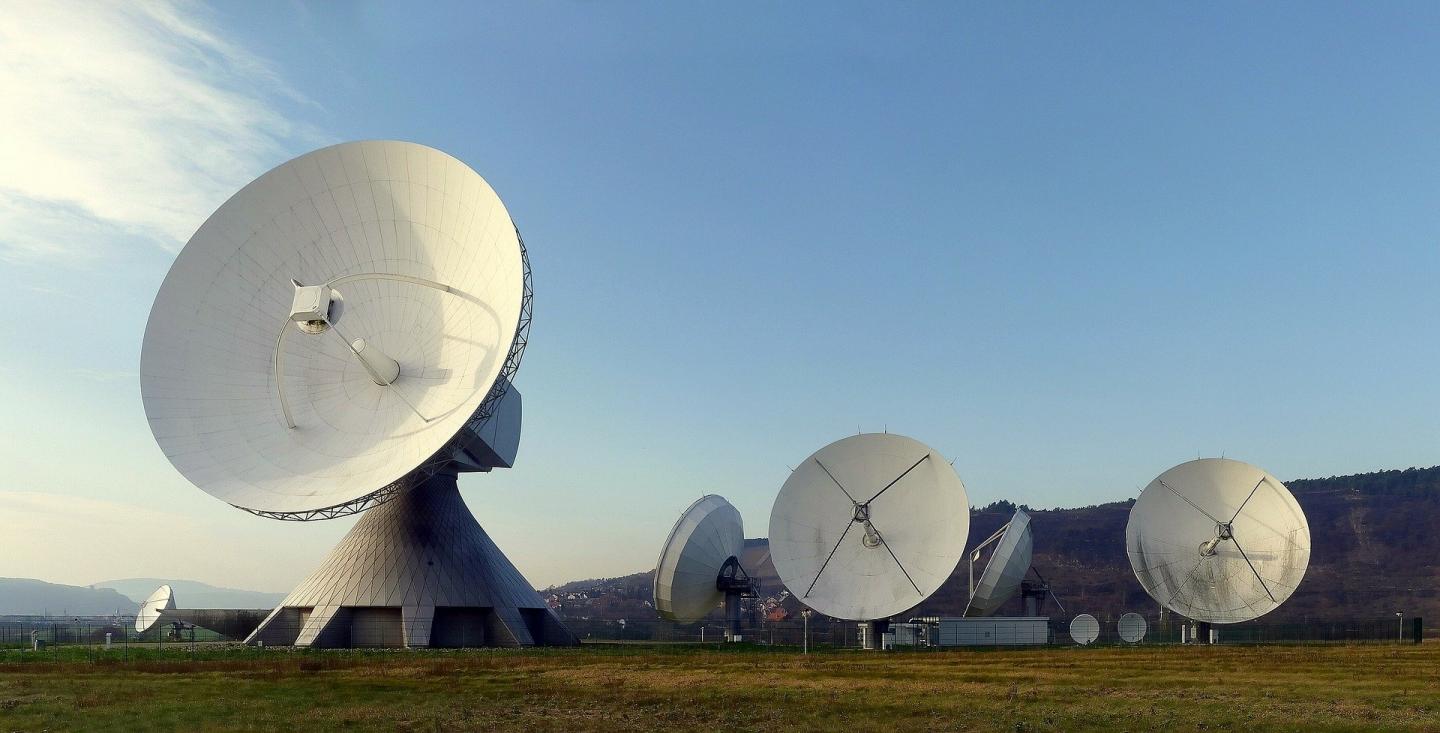The Coaxial Pulse Conditioner can improve the pulse stability (also known as pulse flatness) and repeatability (pulse-to-pulse stability) of pulsed power systems from typical industrial standard +/- 1 % down to +/-0.02 % or better.
The Coaxial Pulse Conditioner operates by active modification of the pulse waveform using, in its simplest form, a resistance, an inductance and an RF power transistor in a stand-alone device. This enables the Coaxial Pulse Conditioner to be connected to, and disconnected from, a modulator without modifying the modulator or altering its design or topology: providing a flexible option that can be integrated into new or existing pulse power systems. It also does not need to be ground-referenced, as is the case with the analogue modulation layer in an inductive adder.
The improved pulse stability provided by the Coaxial Pulse Conditioner could increase the achievable resolution in applications such as radars and X-ray sources. In radiotherapy and proton therapy facilities, the improved stability could improve the precision of the dose that is given to a patient. In synchrotron light sources, the improved stability could improve the achievable emittance, which is a key measure of machine performance.
The technology is based on the modulation layer concept used in some inductive adders, in which a stack of inductive adders with active analogue modulation layers can be used as a pulse conditioner.
Opportunity:
- Licensing of proprietary CERN designs (know-how)
- Consultancy
References:
Referenced in the conclusion of J. Holma, M.J. Barnes, “Measurements on a 12.5/17.5 kV Inductive Adder with Extremely High Stability for the Damping Ring Kickers of the Compact Linear Collider at CERN”, Publ. in: 2019 21st European Conference on Power Electronics and Applications (EPE ‘19 ECCE Europe), DOI: 10.23919/EPE.2019.8915001
Advantages & Applications
Applications
Applications that could benefit from flat-top stability and flat-top repeatability include:
- Radar transmitters
- RF power amplifiers
- Beam injectors for medical and industrial particle accelerators
- Pulsed ultraviolet sources for sterilization of drinking water and industrial lubricants
- Pulsed laser drivers for surgical and industrial applications
- Modulators for X-ray sources, e.g. for cargo scanning, industrial applications, medical imaging applications
- Synchrotron light sources
Advantages
- Separate stand-alone device which can be connected to and disconnected from a modulator without modifying the modulator or altering the design or the topology of the modulator.
- Does not need to be ground-referenced.
- Generally fault-tolerant: in the case of a failure, the pulse waveform in the load is similar to the incoming pulse waveform fed into the coaxial pulse conditioner.
Limitations
- The technology has only been manufactured once for CERN’s scientific programme. The unit cost associated with high volume production would need to be determined.
- The operation parameters of the system are typically 1-50 kV voltage, 1-5000 A current, pulse duration from 10 ns up to tens of microseconds.
Specifications
- Pulse flat-top stability down to +/-0.02 % or better.
- Connectivity to virtually any pulse modulator topology in the market — can be installed in existing or new pulsed-power systems.
- The voltage or current measurement, needed for the operation of the pulse conditioner, can be done upstream or downstream from the coaxial pulse conditioner in the system, or inside the pulse conditioner.
- Provides precisely controlled modulation waveform, with an almost arbitrary flat-top shape, within a certain modulation range, typically a few percent of the pulse amplitude.
- In addition to improving flat-top stability and repeatability, the coaxial pulse conditioner can also be used to modulate the waveform e.g. to a sinewave, triangle wave, ramp up/down and arbitrary waveforms. The amplitude of applied modulation can be approximately up to 10 % of the maximum amplitude of the waveform.
- The pulse conditioner is applicable in pulsed power systems in which a direct feedback loop control cannot be used, usually because the pulse is so short.

